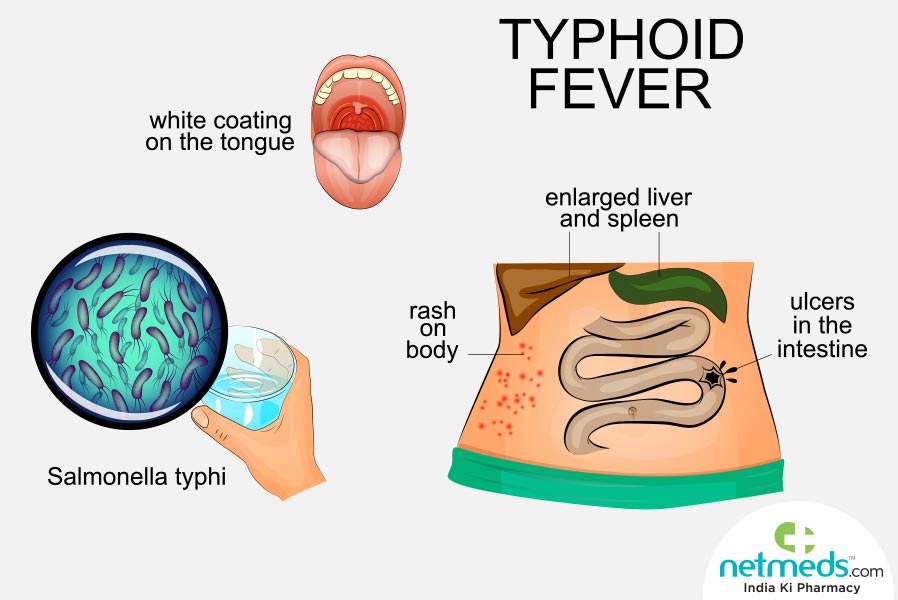Typhoid Fever
Overview: The thyroid is a small, butterfly-shaped gland located in the front of the neck. It plays a crucial role in regulating metabolism and influencing various bodily functions. Disorders of the thyroid gland can lead to hormonal imbalances and impact overall health.
Typhoid Fever: Understanding Causes, Symptoms, and Treatment
Overview: Typhoid fever is a bacterial infection caused by Salmonella typhi. It is primarily transmitted through contaminated food and water and is more prevalent in regions with poor sanitation and hygiene practices. Typhoid fever can be a serious and potentially life-threatening illness if not promptly diagnosed and treated.
Causes: Typhoid fever is caused by the bacterium Salmonella typhi, which is usually spread through:
- Contaminated Food and Water:
- Consuming food or water contaminated with the feces of an infected person.
- Person-to-Person Transmission:
- Direct contact with an infected person or their belongings.
Symptoms: Symptoms of typhoid fever may include:
- Fever:
- Sustained high fever that can reach up to 104°F (40°C).
- Abdominal Pain:
- Discomfort or pain in the abdominal area.
- Headache:
- Persistent and often severe headaches.
- Weakness and Fatigue:
- Feeling tired and weak.
- Loss of Appetite:
- Decreased desire for food.
- Diarrhea or Constipation:
- Changes in bowel habits.
- Rose Spots:
- Small, pink spots on the chest and abdomen.
- Enlarged Spleen and Liver:
- Swelling of these organs may occur.
Diagnosis: Diagnosis is typically based on:
- Blood Culture:
- Identifying the Salmonella typhi bacteria in a blood sample.
- Stool Culture:
- Detecting the bacteria in a stool sample.
- Widal Test:
A serological test measuring antibodies against Salmonella typhi.


